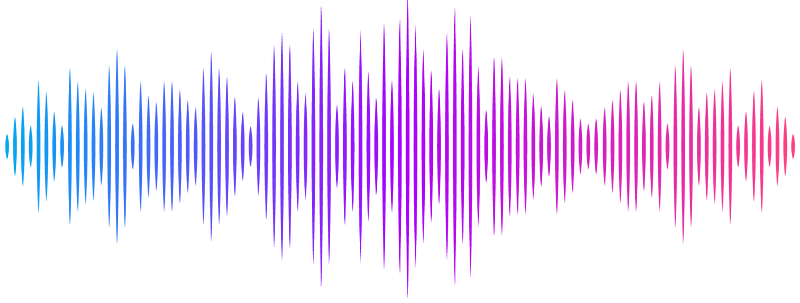BTK-NLRP3-Caspase1 and Gasdermin D-Caspase 11 pathways jointly drive neuroinflammation and functional impairments in a rat model of psychosocial stress

BTK-NLRP3-Caspase1 and Gasdermin D-Caspase 11 pathways jointly drive neuroinflammation and functional impairments in a rat model of psychosocial stress
Tiwari, S.; Mohammed, Z.; Kaushik, S.; Tiwari, A.; Singh, I.; Chopra, A.; Ghosh, S.
AbstractAbstract Common psychological disorders related to stress, depression and anxiety pose serious disease and economic burden globally and especially in lower and lower middle-income countries. Existing pharmacotherapies mostly target neurotransmitter systems and are partially effective across a range of diagnostic categories. However, it is also a long-standing finding that a low-grade inflammation in persistently present in systemic circulation as well as in the brain in stress, depression and anxiety. Specifically, neuroinflammation driven by Interleukin-1{beta} (IL-1{beta}) a pleiotropic cytokine, has been the focus of keen interest in this regard. IL1{beta} is a master regulator of neuroinflammation and has long been associated with these neuropsychiatric conditions. Earlier, several studies have shown the induction of IL1{beta} from its precursor pro IL-1{beta} in vivo in models of anxiogenic stress, cleaved by caspase 1, through the activation of a large multiprotein complex known as the NLRP3 inflammasome complex. However, underlying mechanism of its release from the cells is not well understood. Using rat models of physical and psychosocial stress, we first validated stress-mediated induction of IL1{beta} along with NLRP3/caspase 1, the canonical inflammasome mediators. In addition, we observed stress-indued upregulation of activated caspase 11 and Gasdermin D N-terminal fragments, the mediators of non-canonical inflammasome pathway, which facilitates the release of IL1{beta} through pore formations in the plasma membrane. Inhibition of caspase 11 with wedelolactone significantly reduced stress-induced elevation of IL1{beta} levels, attenuated anxiety-like behaviors, and improved working memory. Similarly, blocking of Gasdermin D cleavage by disulfiram, a FDA approved drug, reduced IL1{beta} levels and improved recovery from stress-induced behavior deficits. Combination treatments targeting both canonical (ibrutinib for pBTK/NLRP3 or MCC950 for NLRP3 inhibition) and non-canonical (wedelolactone for caspase 11 or disulfiram for gasdermin D) pathways, proved more efficacious in reducing stress-mediated neuroinflammation, synaptic elimination in CA3 region of hippocampus, and reducing behavioral dysfunction across several domains of behavior . Furthermore, psychosocial stress augmented peripheral inflammation, as evidenced by elevated Gasdermin D and caspase 11 in PBMCs, which was mitigated by this combination treatment. Taken together, this study provides strong evidence that psychosocial stress induces both canonical as well non-canonical inflammasome pathways, first processing Pro IL1{beta} to active IL-{beta} and second, facilitating its release from the cells.These jointly contribute to the exacerbated anxious behavior and working memory deficits in rat-models of stress. Here we are reporting for the first time the non-canonical activation of caspase 11 and Gasdermin D cleavage in brain and peripheral immune cells following psychosocial stress. Our data provides robust preclinical data and argues for amelioration of the NLRP3 inflammasome dependent IL-1{beta} release to be considered as an alternative transdiagnostic therapeutic strategy in stress, depression and anxiety.